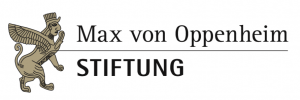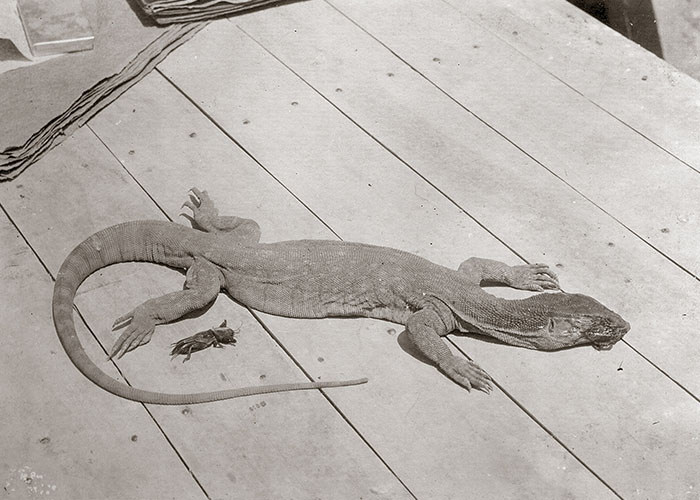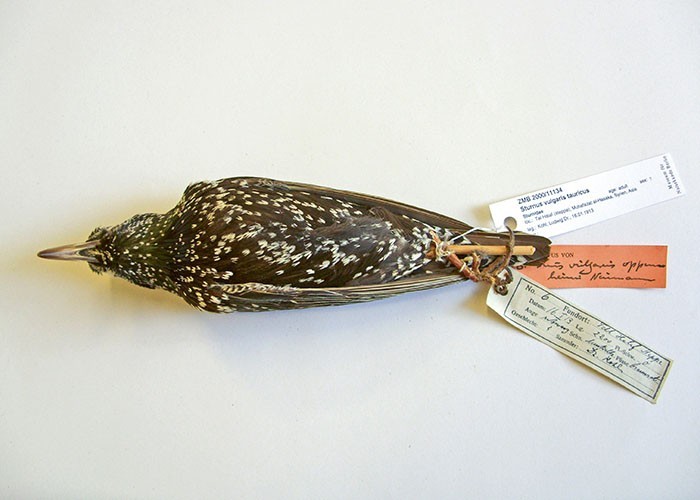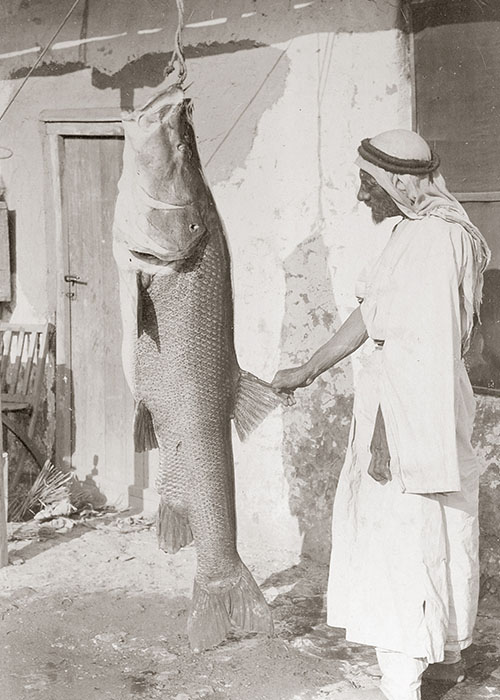
Oppenheim’s interests in the natural sciences
Many European explorers and scholars of the 18th and 19th centuries considered the collection and preparation of zoological, botanical, and mineralogical specimens an integral aspect of their work of discovery and study. Max von Oppenheim also wanted to make his contribution to this field of academic investigation about the world.
Photo: Pinned zophobas worms (“superworms”) of the Oppenheim Collection, Berlin 2010



